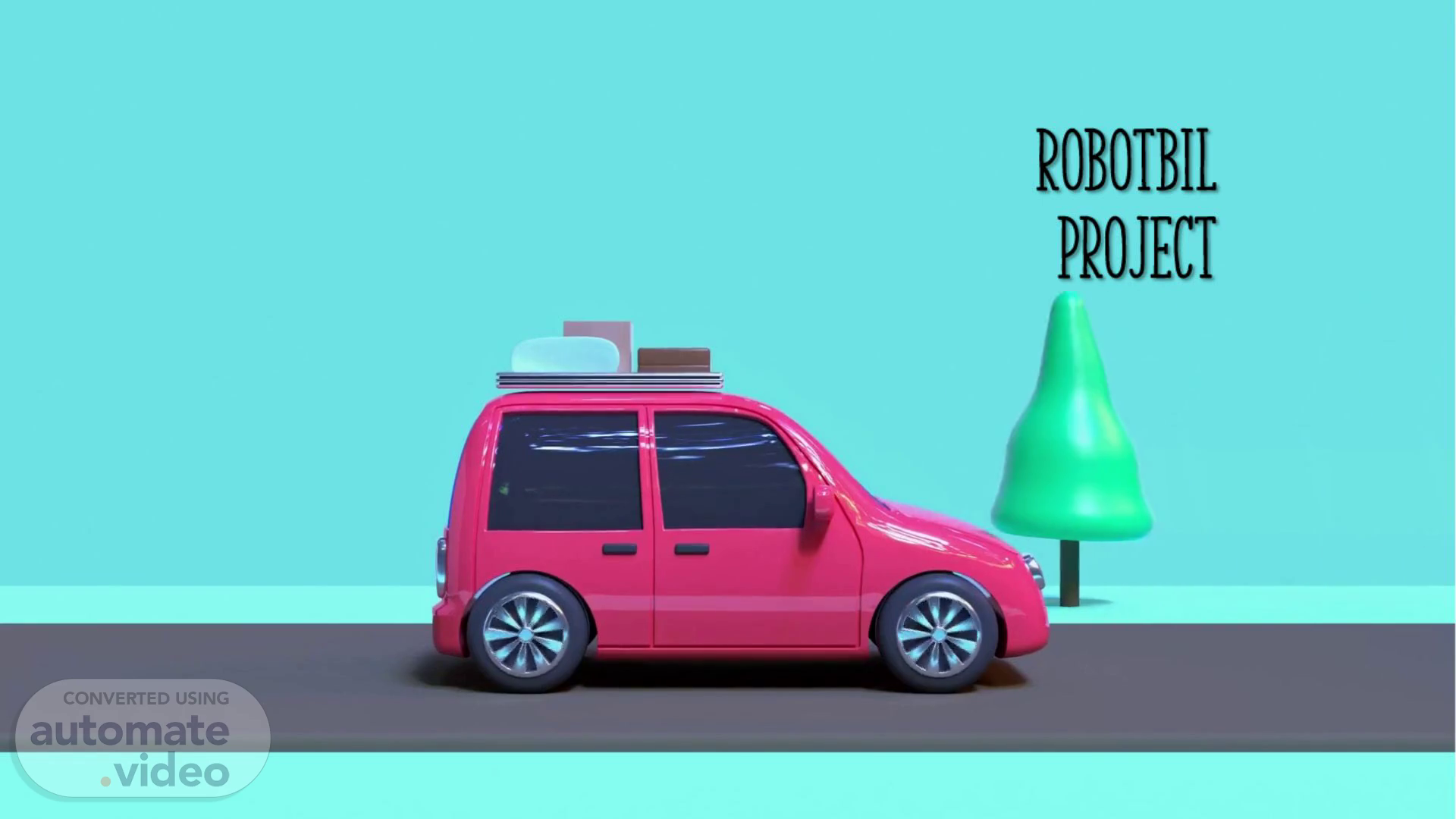
Presentation2222222222222222222222
Scene 1 (0s)
Animated Driven Car. undefined. Robotbil project.
Scene 2 (9s)
Introduction. Welcome to our presentation on Robotbil, an innovative project focused on the development of an autonomous robot with advanced obstacle avoidance and auto-parking capabilities. This project, undertaken as part of our embedded systems course, aims to explore the integration of various sensors, microcontrollers, and intelligent algorithms to create a robot that can navigate complex environments safely and efficiently..
Scene 3 (29s)
Objectives. Walk. Primary Objectives: Develop an autonomous car capable of obstacle avoidance. Implement auto-parking functionality. Secondary Objectives: Explore the integration of various sensors and microcontrollers. Implement intelligent algorithms for navigation..
Scene 4 (43s)
System Design. Flowchart. Architecture Overview: Functional Blocks: Block diagram of the system showing sensor inputs, microcontroller, and actuators. Sensor Module Control Unit (Arduino) Actuation System.
Scene 5 (55s)
Components Used. Microcontroller: Arduino Uno Sensors: Ultrasonic sensors for obstacle detection. Infrared sensors for line tracking. Actuators: Servo motors for steering. DC motors for driving. Others: Battery pack Chassis and wheels.
Scene 6 (1m 10s)
Sensor Integration. Ultrasonic Sensors: Placement and purpose for obstacle avoidance. Infrared Sensors: Usage in line tracking and navigation. Wiring Diagram: Schematic showing connections between sensors and Arduino..
Scene 7 (1m 23s)
Software Implementation. Programming Environment: Arduino IDE Key Algorithms: Obstacle detection and avoidance logic. Auto-parking algorithm. Code Snippets: Brief examples of crucial parts of the code..
Scene 8 (1m 35s)
Testing and Calibration. Testing Phases: Initial setup and individual component testing. Integration testing of the whole system. Calibration: Fine-tuning sensor sensitivity and motor response..
Scene 9 (1m 48s)
Results. Performance Metrics: Accuracy of obstacle avoidance. Efficiency and success rate of auto-parking..
Scene 10 (1m 58s)
Results. Let’s watch our autonomous car in action as it successfully navigates obstacles and demonstrates auto-parking functionality. This video highlights the integration of various sensors, microcontrollers, and algorithms that make our project a success..
Scene 11 (2m 12s)
Challenges and Solutions. Challenges Faced: Sensor noise and inaccuracies. Complexities in algorithm implementation. Solutions Implemented: Software filtering techniques. Iterative testing and code optimization..
Scene 12 (2m 24s)
Conclusion and Future Work. Project Summary: Recap of what was achieved: Successfully developed an autonomous car capable of obstacle avoidance. Implemented auto-parking functionality. Integrated various sensors and microcontrollers. Developed and tested intelligent navigation algorithms. Future Improvements: Enhancements in sensor technology. Implementation of more advanced algorithms (e.g., machine learning). Potential Applications: Expansion to real-world autonomous vehicle systems..